The pulp cavity tooth is a crucial component of dental anatomy, often overlooked in discussions about oral health. The pulp cavity contains the dental pulp, which plays an essential role in maintaining the vitality and health of the tooth. Understanding the intricacies of this cavity can highlight its significance for overall dental wellness.
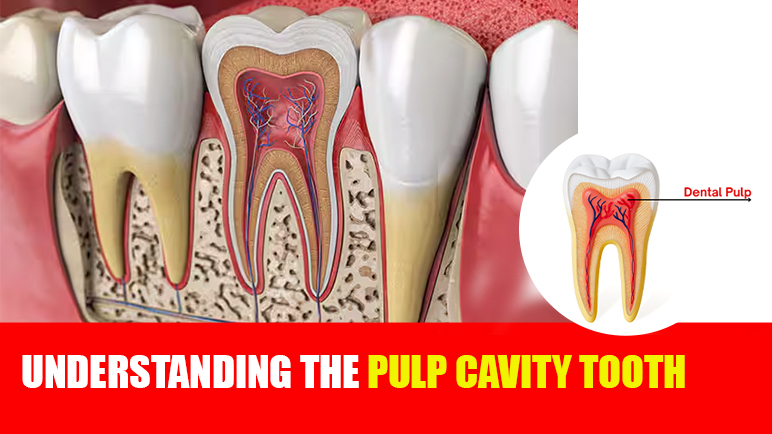
What is the Pulp Cavity Tooth?
The pulp cavity refers to the hollow space within a tooth that houses the dental pulp. This cavity is located at the center of the tooth and extends from the crown to the roots. The pulp comprises nerves, blood vessels, and connective tissues, forming a vital part of the tooth structure.
The significance of the pulp cavity cannot be overstated. It serves as a lifeline for teeth, ensuring they remain healthy and functional. The well-being of the dental pulp cavity affects everything, from how we perceive sensations like temperature to the ongoing growth and repair of the tooth itself.
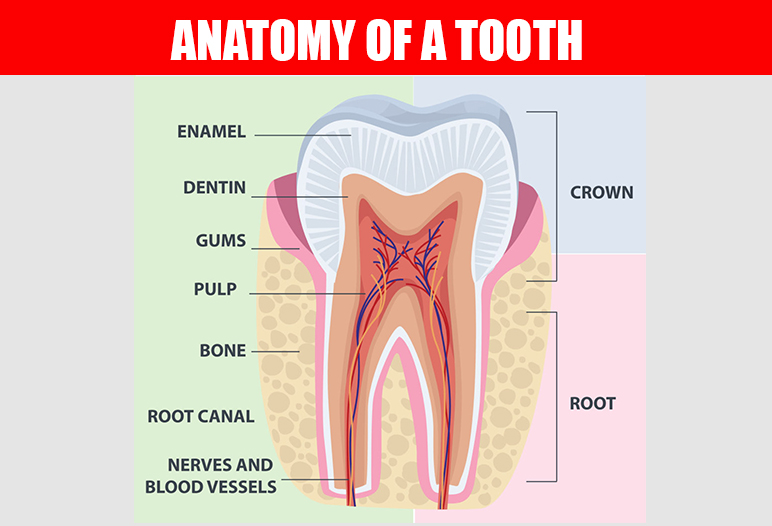
Location of the Pulp Cavity
The pulp cavity occupies a central position within the tooth, encased by layers of dentin and enamel. Enamel, the hard outer layer, protects the tooth’s inner structures, while dentin serves as a supportive layer surrounding the pulp. The cavity extends into the roots, tapering down to the root tips where it connects with the periodontal tissues.
As you explore the anatomy of the tooth, it’s important to recognize that when we talk about the teeth pulp cavity, we are referring to the area that holds the nerve endings and blood supply critical for the tooth’s health. Any injury to this area can lead to severe complications.
Significance of the Pulp for Tooth Health
The health of the pulp cavity tooth is paramount for several reasons. Firstly, it provides sensory functions allowing us to feel pain, pressure, and temperature changes. Secondly, the dental pulp cavity supplies nutrients to sustain the tooth structure and aids in repairing any damage through dentin formation. Lastly, should decay penetrate the protective layers of the tooth and reach the pulp, it can lead to various health issues, including infections and abscesses.
Understanding the vulnerabilities associated with the pulp cavity reinforces the need for proactive oral care strategies.
Functions of the Pulp Cavity
The pulp cavity serves several vital functions that contribute to the overall health of a tooth. These roles can be categorized broadly into sensory perception, nutrition, growth, and dentin formation.
Vital Roles of the Pulp
The function of the pulp cavity in the tooth is multi-faceted. Here, we will dive deeper into its specific roles that could help enrich our understanding of dental health.
Sensory Perception
One of the most remarkable functions of the pulp cavity is its ability to provide sensitivity. The nerves present within the dental pulp cavity respond to various stimuli, such as hot and cold temperatures or pressure. This sensory feedback acts as a warning system, alerting individuals to potential damage or decay.
For instance, when consuming something hot, if you experience discomfort, it indicates that the tooth may be compromised. This early warning is crucial because it can motivate timely intervention, potentially saving the tooth from further damage.
Moreover, the nerves within the pulp cavity give us the capacity to feel not just pain but also the subtle nuances of texture and pressure. This sensory information can assist us in making conscious decisions about what to eat based on comfort levels, thus contributing to a more enjoyable eating experience.
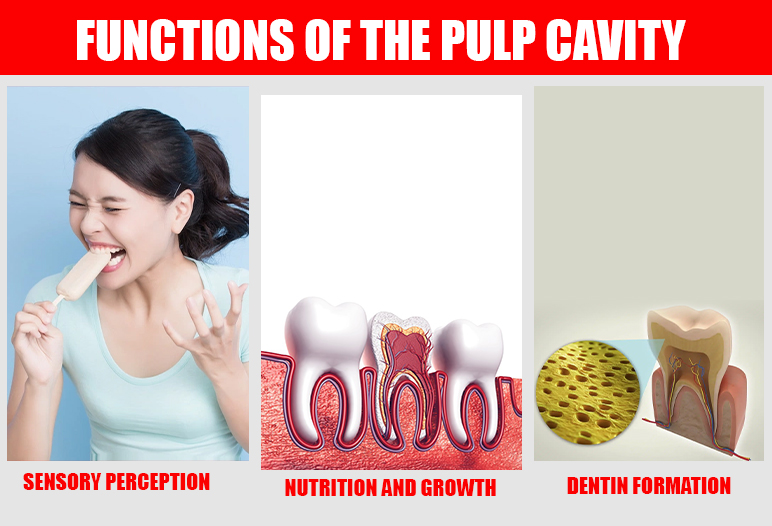
Nutrition and Growth
Another critical function of the pulp cavity tooth is providing nourishment to the tooth structure. The pulp contains blood vessels that deliver essential nutrients and oxygen, facilitating cellular activity within the tooth. This flow of nutrients contributes to the overall health and stability of the tooth and surrounding gums.
Additionally, the pulp cavity plays a role in growth, especially during childhood when teeth are still developing. The blood vessels ensure that all cells receive adequate nourishment, promoting continued development and helping to maintain the integrity of the tooth.
Without this nutritional support, teeth would be predisposed to deterioration, leading to increased susceptibility to decay, infection, or even loss.
Dentin Formation
The function of pulp cavity in tooth maintenance also includes the stimulation of dentin formation. Dentin is a hard tissue located beneath the enamel and serves as a protective layer around the pulp cavity.
The dental pulp contains odontoblasts, specialized cells responsible for producing dentin. When trauma or decay occurs, these cells can regenerate and create new dentin to protect the pulp. This regenerative capability is vital for sustaining the tooth over time.
In cases where the pulp becomes infected or damaged, however, this protective mechanism can fail, leading to irreversible damage. Therefore, maintaining the health of the pulp cavity is crucial for preserving the integrity of the dentin and, by extension, the entire tooth.
Pulp Cavity and Tooth Decay
Tooth decay is one of the primary threats to the health of the pulp cavity tooth. Understanding how cavities develop and their implications for the pulp cavity can enhance awareness about dental hygiene.
The Impact of Decay
Tooth decay starts when bacteria break down sugars and carbohydrates left on the teeth. As this process continues, it leads to the formation of acids that erode the enamel and dentin, progressively reaching the pulp cavity.
When decay penetrates to the dental pulp cavity, it can result in a condition known as pulpitis. This inflammation of the pulp can manifest in several unpleasant symptoms, and its consequences can be dire if left untreated.
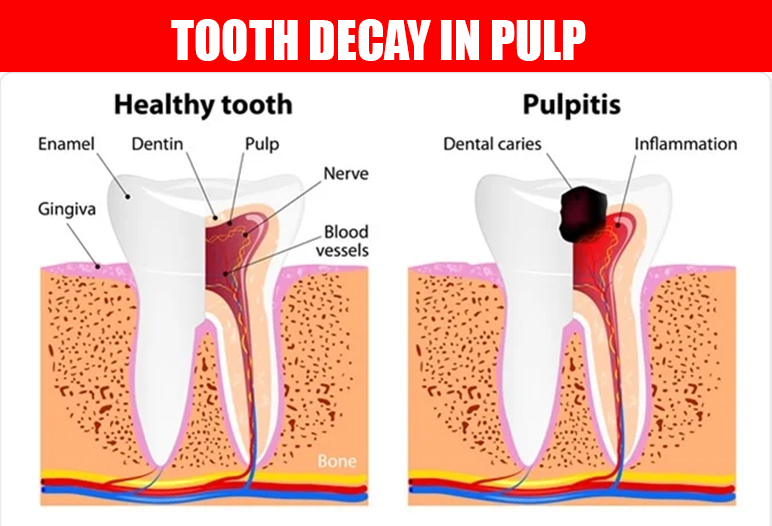
Consequences of Pulp Infection (Pulpitis)
When the tooth decay in pulp progresses to pulpitis, individuals may experience significant pain and discomfort. Symptoms often include:
- Severe toothache: This can range from sharp, shooting pain to a persistent dull ache.
- Sensitivity to hot and cold: The affected tooth may react adversely to temperature changes, causing distress during meals or when drinking.
- Swelling in the gums: Inflammation around the gum area can indicate that infection is spreading beyond the tooth.
- Abscess formation: In severe cases, pus may accumulate, leading to a dental abscess, which necessitates immediate medical attention to prevent serious complications.
Pulpitis underscores the importance of prompt dental intervention. Left unchecked, an infected pulp can lead to further systemic issues, including fever, facial swelling, and even sepsis.
Protecting Your Pulp Cavity
Maintaining the health of the pulp cavity tooth requires consistent effort and good oral hygiene practices. Below, we delve into some proactive strategies to safeguard against decay and infection.
Good Oral Hygiene Practices
One of the most effective ways to protect your teeth pulp cavity is through diligent oral hygiene. Regular brushing and flossing form the cornerstone of an oral care routine.
Brushing twice daily helps remove plaque and food particles, which can harbor harmful bacteria. Using fluoride toothpaste strengthens enamel and promotes remineralization, offering a defensive barrier against decay.
Flossing is equally essential as it targets areas between the teeth that brushing alone may miss. By removing debris trapped between teeth, you reduce the risk of cavity formation that could extend to the pulp cavity.
Recommended Dental Checkups
Regular dental checkups play a vital role in preventive care. Dentists can identify early signs of decay that may not yet present noticeable symptoms. Professional cleanings also eliminate tartar buildup, reducing the risk of developing cavities.
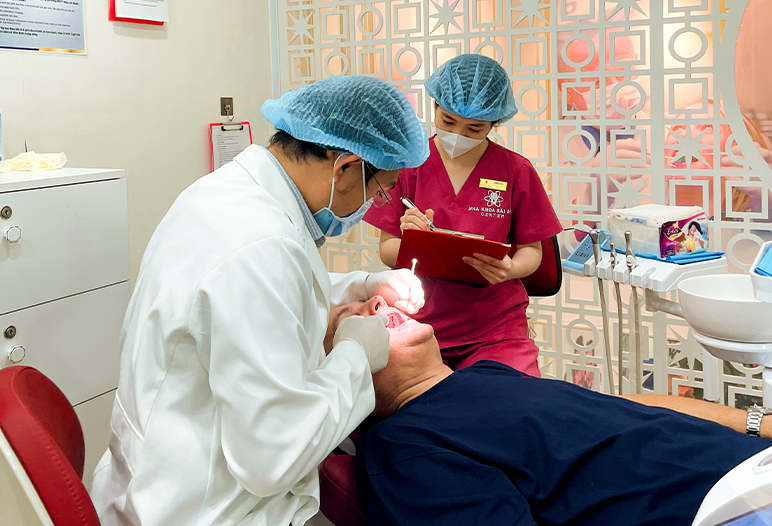
In addition to scheduled visits, individuals should be vigilant about any changes in their oral health. Sudden sensitivity, pain, or swelling should prompt an immediate consultation.
Healthy Diet
A balanced diet significantly influences oral health. Foods high in sugar can contribute to tooth decay, thus encouraging individuals to adopt healthier eating habits.
Incorporating fresh fruits, vegetables, whole grains, proteins, and dairy products can strengthen teeth and gums. Additionally, water consumption aids saliva production, which is essential for neutralizing acids produced by bacteria.
By being mindful of dietary choices, individuals can take positive steps toward protecting their pulp cavity tooth and preventing tooth decay.
Conclusion
The pulp cavity tooth is a vital part of dental anatomy that serves many essential functions. Understanding its significance can empower individuals to take better care of their oral health.
From sensitivity and nourishment to dentin formation, the pulp cavity plays an indispensable role in maintaining tooth integrity. Recognizing the risks associated with tooth decay and taking preventive measures can help safeguard the pulp cavity from damage.
With a commitment to good oral hygiene and regular dental care, individuals can protect their dental pulp cavity and promote long-lasting health. Given the complexity and delicacy of the pulp cavity, maintaining its health should be a priority for everyone seeking optimal dental wellness.



SAIGON CENTER DENTAL CLINIC
Best dentist in Vietnam
Saigon Center Dental Clinic is proud to be one of the most prestigious dental clinics in Ho Chi Minh City with a variety of services: Single dental implant, Full jaw dental implant (especially All On 4, All on 6, and Zygoma Implant), Cosmetic porcelain crowns, Porcelain veneers, Braces, Clear braces, Tooth fillings, Wisdom tooth extraction, Treatment of toothache...
SAIGON DENTAL IMPLANTS CENTER
Best dentist in Vietnam
Saigon Implant Center - Dental Clinic utilizes the latest technology for specialized treatment in the field of Single implant, full jaw implants, All on 4 implants, All on 6 implants, Zygoma implant....